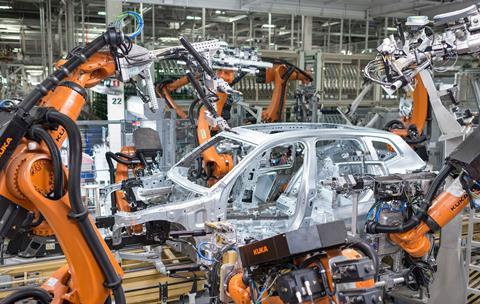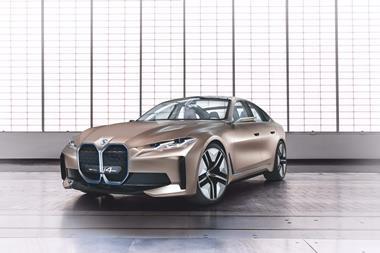The 3D scans are the first step in producing digital models of all BMW plants worldwide to streamline the planning of production processes.

BMW will in the coming months produce 3D scans of all of its 31 production and assembly plants worldwide in order to implement precise planning using virtual reality software.
The automaker plans to make company-wide use of the ‘Digital Twin’ concept which can simulate production processes virtually by inputting highly precise and broad-ranging information about machinery and its physical location.
The idea is that such virtual simulations enable trial-and-error experimentation without the expense, time and disruption involved in doing it physically. This digital approach is rapidly gaining traction across the entire automobile manufacturing industry.
BMW says its aim is to plan all of its production systems virtually in the near future.
“This opens up entirely new possibilities for us to implement both extensive new planning and smaller-scale remodelling of existing structures in a highly efficient, precise and flexible manner,” says Michele Melchiorre, head of production system, planning, tool shop and plant construction at the BMW Group.
“Production planning can integrate the virtual product into the virtual factory at an early stage. This reduces planning effort and capital expenditure and, at the same time, ensures processes are more efficient and more stable during ramp-up,” explains Melchiorre.
BMW will rely on its cooperation with Nvidia and its Omniverse software platform for the task, it said, while the Ivion Enterprise platform from Munich start-up NavVIS will create the digital twins.
The automaker is also carrying out its own development work in this field to devise a so-called Smart Transport Robot (STR) through BMW subisidiary IDE-Alworks which would continually and autonomously update the scans as its premises change.






































No comments yet